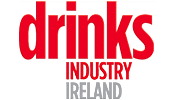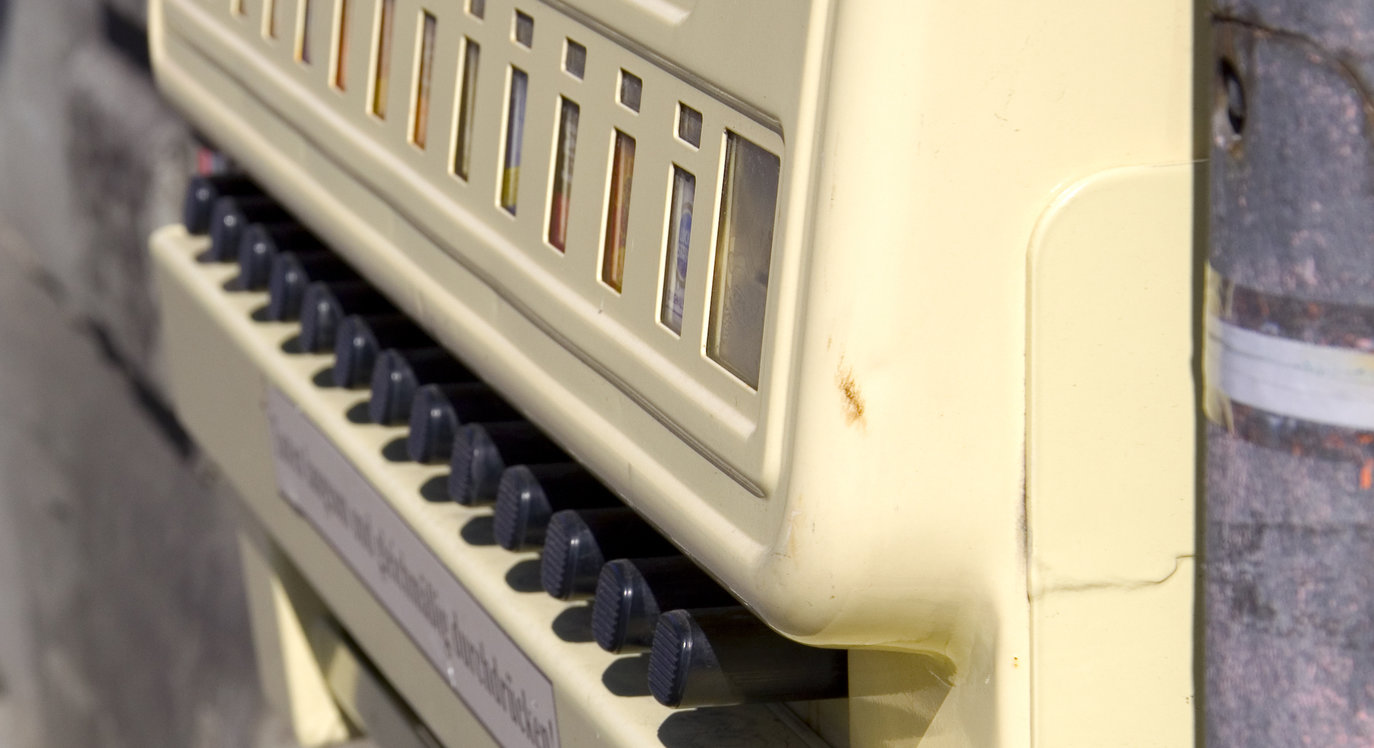Irish Foodservice Market down €4 billion

After eight years of consecutive growth, the report shows that the industry is expected to lose over €4 billion in consumer spend in 2020.
After eight years of consecutive growth, Bord Bia’s Foodservice report for 2020 shows that the industry is expected to lose over €4 billion in consumer spend in 2020. However it also predicts that, even in a worst-case scenario, there will be some bounce-back in terms of market recovery in 2021.
The foodservice market includes all food and drink (excluding alcohol) consumed and prepared out of home incorporating restaurants, pubs, hotels, coffee shops, workplace catering, hospitals, education and vending.
For the development of this study, Bord Bia collaborated closely with Technomic, a global food consultancy with over 50 years’ expertise in the out-of-home channel, to deliver the insights necessary to develop detailed market strategies and to highlight potential opportunities.
Pubs
Wet pubs have been closed since the 15th of March 2020 in Dublin; elsewhere they were opened for a short time in September but Bord Bia expects them to be closed for most of the rest of 2020.
Food pubs had essentially traded as sit-down restaurants with capacity and service constraints which were able to open at the end of June for dine-in service through to early Autumn.
The effects of closed pubs reaches far wider than just the pubs themselves and their staff. Suppliers, too, have been greatly affected.
In 2019 RoI pubs witnessed consumer spend of around €1.039 billion on non-alcoholic goods with pub operators purchasing €301 million-worth of product to service this demand.
In 2020 however pubs witnessed just €359 million in consumer spend with operators purchasing just €114 million to service this.
This represents a decline of 65.5% in 2020.
According to Bord Bia, which offers a Best Case, a Middle Case and a Worst Case scenario, the Pub sector will suffer a decline of 64% in business in 2020 which might be offset by a growth of 69% in 2021 under a Best Case scenario or 43% under a Middle Case scenario or 17% under a Worst Case scenario.
The report nominally compares each of the four Quarters in 2020 and 2021 to find that pubs were down 17% in Q1 2020 compared to Q1 in 2019 and are expected to be down by 63% in Q1 2021.
In Quarter 2, pubs that were 89% down in 2020 may see growth of 391% while in Q3 of 2021 pubs that were down 60% this year could be up by 54%.
Pubs that were down 88% in Q4 this year could find themselves up in business by 410% predicts Bord Bia.
“Comparing year-over-year quarterly data, unless some unforeseen set of circumstances arise, the second quarter of 2020 will remain the worst quarter over the 2020-2021 time period,” states the report, “From this time, all of the major segments have started an upward trajectory that should extend into 2021.”
However growth of somewhere between 18% to 73% is expected for 2021. The Best case scenario for 2021 is €420 million below 2019 revenue levels.
Off-premise acceleration and Focus Across All Sectors
Technology has played a role with pubs that were able to open, with QR codes and some adaption of delivery apps to help drive sales, reports Bord Bia.
“A number of food pubs had experimented with food delivery, but once dine-in service was open in the Summer, most focused on the on-premise business. With Q4 lockdowns, there may be some move back to delivery, but this puts pubs in direct competition with restaurants in a more saturated delivery-only business model.”
Drinks-to-go programs had been successful for some, points out the report, particularly in suburban areas.
One a key trend to emerge and accelerate from this pandemic will the shift to the development and implementation of off-premise strategies, particularly in segments where this had not previously been a focus.
More and more, restaurants and pubs have invested during the pandemic in click-and-collect technologies and this capability will continue to grow and thrive post-pandemic, believes Board Bia.
Commercial Channels 2020 vs 2019
Pubs will also lose share of the Commercial Foodservice Channel going from a 28% share of the total 2019 Island of Ireland spend of €7.79 billion down to just 13% of the 2020 spend of €4.07 billion.
Considerations for Foodservice Operators
The report also outlines key trends that foodservice operators and food suppliers should consider in order to ensure that their businesses remain relevant.
“The performance of the foodservice industry is intrinsically linked to economic conditions, tourism and employment” said Foodservice Specialist Maureen Gahan, “all of which will continue to be challenged in 2021.
The changing landscape will have a long-term impact on revenue and profitability – everything from the drive from consumers for keener value pricing to the shift away from city centre and high street locations to the challenge of recruiting and training new staff.
But report author Maureen Gahan predicts a bounce-back in 2021 and has outlined three different scenarios within the report as to how this might play out.
“In a best-case scenario, the market could see an uplift of as much as 41%, however in a worst-case situation, we’re suggesting that growth on 2020 figures will be circa 16%,” she states, “In order to prepare for market improvements, we’ve outlined a number of considerations for foodservice providers and food producers in order to best position their business for recovery and growth.”
Considerations for Foodservice Operators
- New Restaurant Layouts – As part of a shift in how foodservice operators can make money, a significant driver will be changes in the operational footprint/layout of restaurants across all sectors. Flexible indoor seating, additional outdoor seating and modular kitchens are just some of the corresponding front- and back-of-house impacts.
- Safety & Sanitation Will Be Front and Centre – Safety and sanitation will continue to be a critical part of the operator emphasis during and post-Covid. Ensuring that consumers feel safe and that the facility has been properly sanitised is, according to many operators, the most important thing they can be doing from a brand positioning perspective.
- Off-Premise Acceleration – The pandemic has shown that having alternatives and contingencies available to shift to off-premise for all will be critical to future success. 2021 will see continued growth in Take-away, Click’n’Collect, Drive-Thru and Home Delivery.
- Reinvention of the Business Model – the restaurant and broader foodservice industry will need to re-look at the business model and may need to re-invent parts of the business. This will include everything from delivery-only kitchens to restaurants selling grocery items, to a growth in meal delivery kits.
- Supply Chain “Bumpiness” – Until the industry is on an established growth trajectory with little concern for additional lockdowns there will be challenges in maintaining proper inventory.
Foodservice Seminar
The findings of the report were shared with almost 500 delegates at Bord Bia’s Virtual Foodservice Seminar broadcasting live from Dublin’s RDS recently. The annual event, which discusses emerging trends in the sector, was chaired by business journalist, Richard Curran.
@bordbia | #foodservice20







